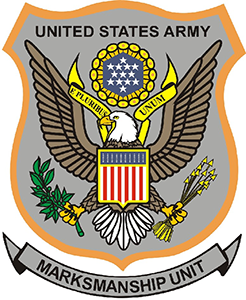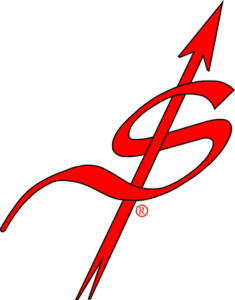The Civilian Marksmanship Program
The Beginning in the USA 1903
Marksmanship became a quest of the U. S. Government in February 1903, when Congress and President Theodore Roosevelt approved legislation that founded the National Board for the Promotion of Rifle Practice (NBPRP) and the National Matches. President Roosevelt was an enthusiastic advocate for government action to promote marksmanship. During the debates about whether to provide government support for marksmanship, Roosevelt said, “We should encourage rifle practice among schoolboys, and indeed among all classes, as well as in the military services by every means possible.” Roosevelt said practicing marksmanship was “preparation to avert war.”
The National Defense Act of 1916
The Act authorized increased distributions of rifles and ammunition to civilian rifle clubs, provided funding for military instructors to assist civilian rifle clubs and funding to transport civilian teams to the National Matches. That same year, civilians became eligible to compete in the National Matches. The NBPRP program was gradually becoming the “civilian marksmanship program” as it placed more and more emphasis on developing marksmanship skills among men who could serve in the military in time of war.
The Small Arms Firing School (SAFS) 1918
Has a history rooted in the need to improve military marksmanship and civilian familiarity with firearms. Initially established to coincide with the reinstatement of the National Matches after World War I, the school's purpose is to teach efficient marksmanship fundamentals. The U.S. Army Marksmanship Unit (USAMU) plays a key role in conducting these schools, often with support from other branches of the military.
The Army Marksmanship Unit (AMU)
Founded in 1956, the U.S. Army Marksmanship Unit exists to increase lethality throughout the Defense Department via mobile training teams, doctrine development and conducting research and development in concert with small arms development centers.
The U.S. Army Marksmanship Unit demonstrates America’s military marksmanship prowess by winning national and international shooting competitions, and enhances Army recruiting efforts through shooting demonstrations, public engagements and providing clinical marksmanship instruction.
During 1955-1956, the Army Marksmanship Training Unit operated the first U.S. Army Sniper School at Camp Perry, Ohio. Unfortunately, there was a lack of understanding and appreciation for the effectiveness and potential that snipers could add to the fight, abandoning sniper training after this short training period.
The Army Sniper Association
The ASA was formed by instructors and graduates of the United States Army Sniper School to foster a sense of community, brotherhood and esprit de corps within the sniper community. In the intervening years, the Army Sniper Association has grown and expanded its membership to include graduates of other accredited military sniper schools as well as accredited law enforcement programs of instruction.
The ASA continues to expand its mission by providing direct support to the United States Army Sniper School and the International Sniper Competition. The association also supports other sniper-related events, such as the annual Liberty Bell shoot. We strive to provide immediate financial aid for members killed or wounded in action or experiencing medical emergencies. We also offer educational assistance in the form of scholarships for the qualifying children of our members. Additionally, we participate in other charitable endeavors.
In 1987, the first US Army Sniper School was established as a three week school at Ft. Benning, GA. Thirty-five years later, the Sniper School is now the longest sniper training course in the history of the U.S. Army. Soldiers now attend a grueling seven-week school. The sniper school stands as a testament to the high priority that sniper training now enjoys among the Army's leadership.


